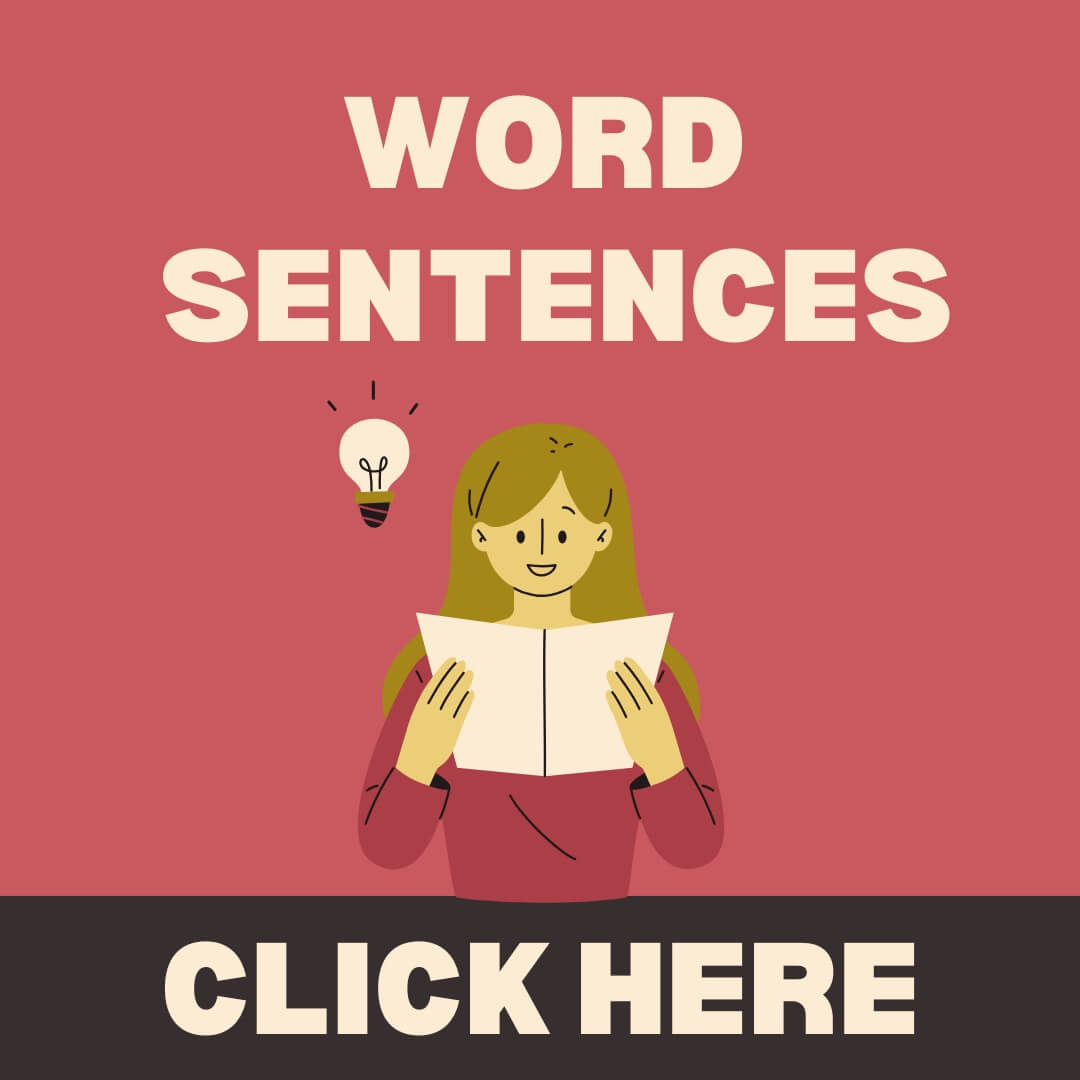Mnemonic Devices for Wrath: Remember Wrath Easily
Introduction to Mnemonics for Wrath
Building a strong vocabulary doesn’t have to be difficult. Mnemonic techniques make it easier by connecting words to vivid images, stories, and associations. Today, we’ll explore the word Wrath, which means “intense anger or rage.” By using creative mnemonic devices, you can remember this word effortlessly. Keywords: Mnemonics for Wrath, How to remember Wrath, Memory techniques for Wrath.
Twelve Mnemonics for Wrath
Here are 12 mnemonic techniques to help you master the word “wrath.” These methods use visual, auditory, and narrative connections to make learning engaging.
- Visual Association: Picture a furious storm with lightning bolts spelling “WRATH” in the sky, symbolizing uncontrollable anger.
- Acronym: Think of “WRATH” as Wild Rage Attacking The Heart.
- Rhyme: “Wrath and bath—when you’re mad, take a bath!” This rhyme helps associate the word with calming down.
- Word Breakdown: Break “wrath” into “wra-th” and imagine someone saying “WRAaa!” in a fit of rage.
- Similar Sounding Words: “Wrath” sounds like “wreath,” but imagine a wreath bursting into flames from anger.
- Story Method: Imagine a king named Wrath who loses his temper and declares war in his fury.
- Physical Action: Clench your fists and furrow your brow while saying “wrath” to physically feel the emotion.
- Exaggeration: Picture a person so angry that fire shoots from their ears, spelling out “WRATH” in the air.
- Personal Connection: Recall a time you felt extreme anger and mentally label it “wrath.”
- Etymology Exploration: “Wrath” comes from Old English “wrǣððu,” meaning anger or cruelty—knowing its root can reinforce memory.
- Sensory Association: Visualize the red face, loud shouts, and tense body language of someone experiencing wrath.
- Opposites: Think of wrath as the opposite of peace—when peace disappears, wrath takes its place.
Customize Your Mnemonics for Wrath
While these mnemonics are helpful, creating your own personal connections will make them even more effective. Adapt these techniques to suit your memory style.
Bonus Tip: Use “wrath” in a sentence, e.g., “The villain’s wrath was unleashed upon the city.”
Master Wrath with Mnemonics
Mnemonic techniques make vocabulary learning simple and engaging. By using these methods for “wrath,” you can easily remember its meaning and use it confidently. Keep practicing with mnemonics, and your vocabulary will improve dramatically!



















